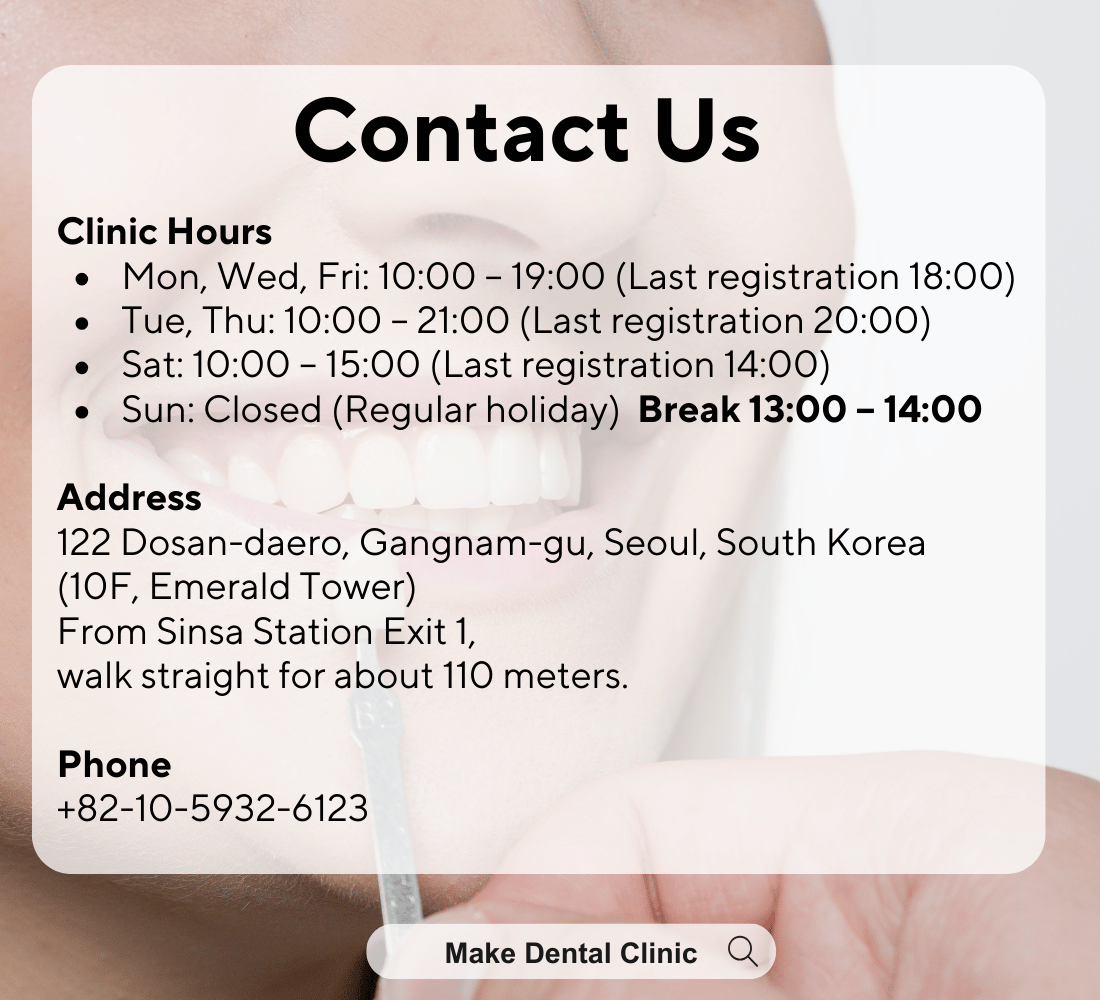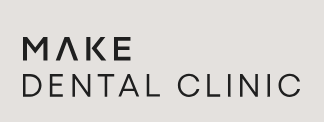Laminate vs Veneer — Which Is the Correct Term in Korea?
1. Technically speaking
- “Veneer” is the correct global term used in international dentistry.
It refers to a thin shell (usually porcelain or composite) bonded to the front surface of a tooth to improve color, shape, or alignment. - “Laminate” is a regional term, especially popular in Korea and Japan, referring to the same procedure—porcelain veneers—but often emphasizing the ultra-thin, minimal-prep version.
In Korean clinics, “라미네이트 (laminate)” has become the standard word patients use when asking for veneers, even though in English it would simply be called a veneer.
2. How the Terms Are Used in Korea
TermKorean UsageEnglish EquivalentNotesLaminate (라미네이트)Commonly used by Korean clinics and patientsPorcelain VeneersUsually refers to thin or minimal-prep veneers for cosmetic enhancementVeneerUsed in international dentistry and English-language clinic websitesSame meaningMore familiar to foreign patients or expats
Example:
A Korean clinic might advertise “Ceramic Laminate (세라믹 라미네이트)” — but the same treatment would be called “Porcelain Veneers” in an English-speaking country.
3. Summary
- Both terms are correct — it depends on context.
- In Korean marketing and patient communication, “laminate” sounds more familiar and trendy.
- In international or English SEO content, “veneer” is the better keyword for global visibility.



